Most business leaders understand the value of having a memorable business name and logo, but many don’t realize the importance of a visual identity, what it entails, and why protecting it is paramount.
Building a successful brand takes time, resources, and strategy. Typically, the brand’s foundation is in its mission statement, value proposition, and unique voice which are then expressed through the company name, logo mark, print and digital marketing materials and website. Those graphical components comprise the visual identity, or face of the business, at inception.
However, over time, a business’s actions and reputation become intertwined in the visual image establishing the business’s brand, which, done well, can become one of the business’s most valuable intellectual assets.
When starting a business, trademarking and copyrighting a logo helps to ensure a company will be the only one of its type selling a similar service or goods using the same business name. A visual identity that consists of an icon or wordmark can also be trademarked.
Purchasing a domain name that reflects the business name is another important avenue to stake claim to the business’s brand name online. Creating social profiles that secure the business name across all major social networks should be done as well, even if there is not an immediate plan to activate a social media program.
Brand Guidelines are a Must-Have for Your Visual Identity
A company’s visual messaging effectively expands as it grows if it is implemented with consistency and a long-term strategy in place. Consistency is needed in the color palette, fonts, graphical style and tone to make it recognizable at a glance thus building the brand’s equity. This consistency put into a formalized document with a set of rules to control proper logo usage, font hierarchy, iconography and tone in any public-facing visual communication is essentially the basics of a brand guide.
An example of a brand that has withstood the test of time by making intentional choices and following a brand guide in its implementation of the visual identity is Absolut Vodka. Their bottle has reached iconic status because it hasn’t changed and was used for 25 years in their marketing campaigns. The main star of the visual creative was their bottle and their product name in the same bold font with a simple headline and playful imagery. A brand guide is essential in ensuring deliberate decision making regarding graphic design.
With growth and increased engagement, a brand’s story and personality further develop. The brand personality is tied consciously and unconsciously to the consistent use of a branded visual identity and adherence to brand guidelines. Apple has mastered this practice. As a result, the company is now synonymous with simple design and innovation.
As a company successfully delivers on its value proposition as it matures, it builds trust and brand recognition in the public eye. Its visual identity is no longer simply recognized: it’s preferred. When a brand is trusted, it’s able to expand and raise prices because people are willing to pay more for products or services from a company they trust.
Protecting Your Creativity is Essential
Throughout a brand’s growth, if the visual identity isn’t protected by registering for a trademark, purchasing a website domain with the company’s name, securing branded social channels and possibly consulting with an attorney to protect intellectual property, the business risks eroding its brand equity. Worse, a copycat company with a lower quality product could use a similar logo design, social media strategy or online presence and not only dilute the work that has gone in to developing the brand but also tarnish the company’s reputation.
Another risk is that a new market entrant develops a strategic brand with a strong visual identity and is able to grow its reputation, build the customer’s trust and take market share. Even in commodity industries like insurance or consumer products like toilet paper, brands and visual identities help brands stand out and stand for something, like the GEICO gecko or the Charmin bear. One stands for 15 minutes that could save you 15% and the other stands for strength and softness.
Protecting a visual identity from the start is the best way to ensure a company’s resources aren’t wasted and safeguard its future success. The process is actually relatively simple compared with what’s at stake.
ABOUT THE AUTHOR: Felicia Watson is Director of Creative Services at (W)right On Communications. With a proven track record of success and more than 20 years of design and marketing experience, Felicia approaches each project with a commitment to create an impactful design that achieves results. Responsible for leading the agency’s creative services that integrate print and digital graphic design, online programming, videography, editing and photography, Felicia also oversees agency services including animation, motion graphics, and emerging technologies including augmented/virtual reality and holography as they may be integrated in strategic communication programs.

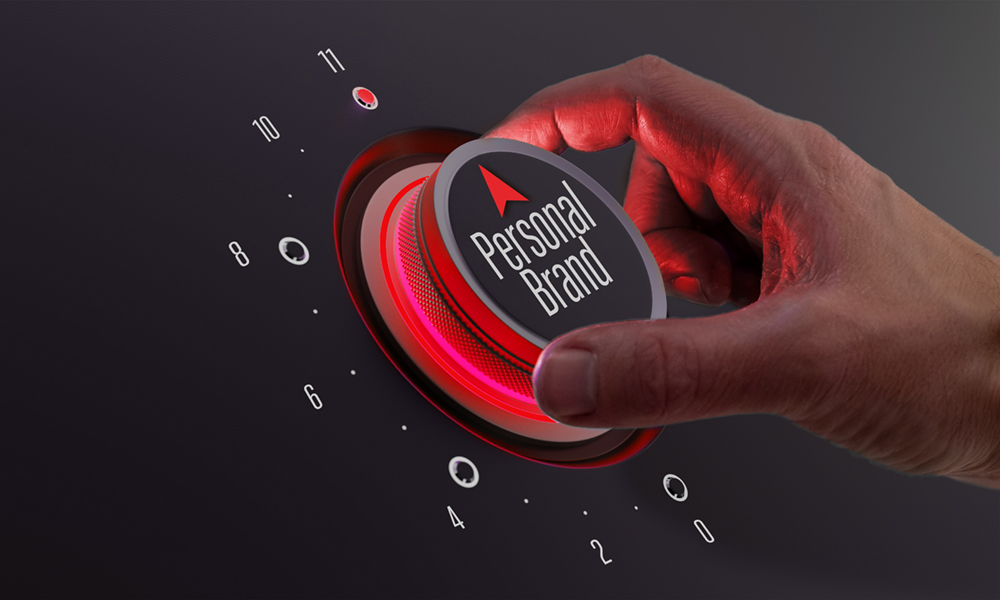
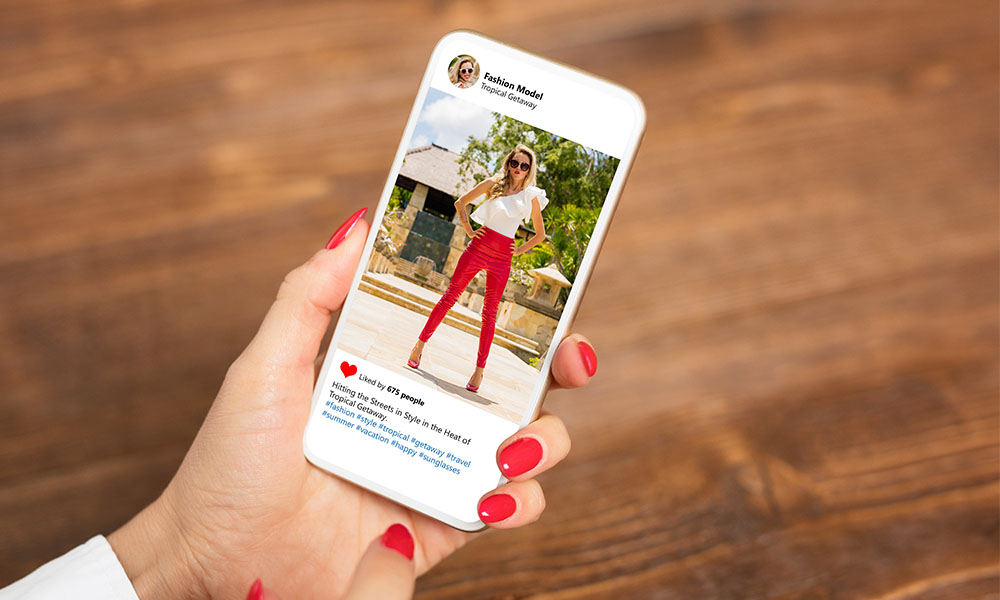
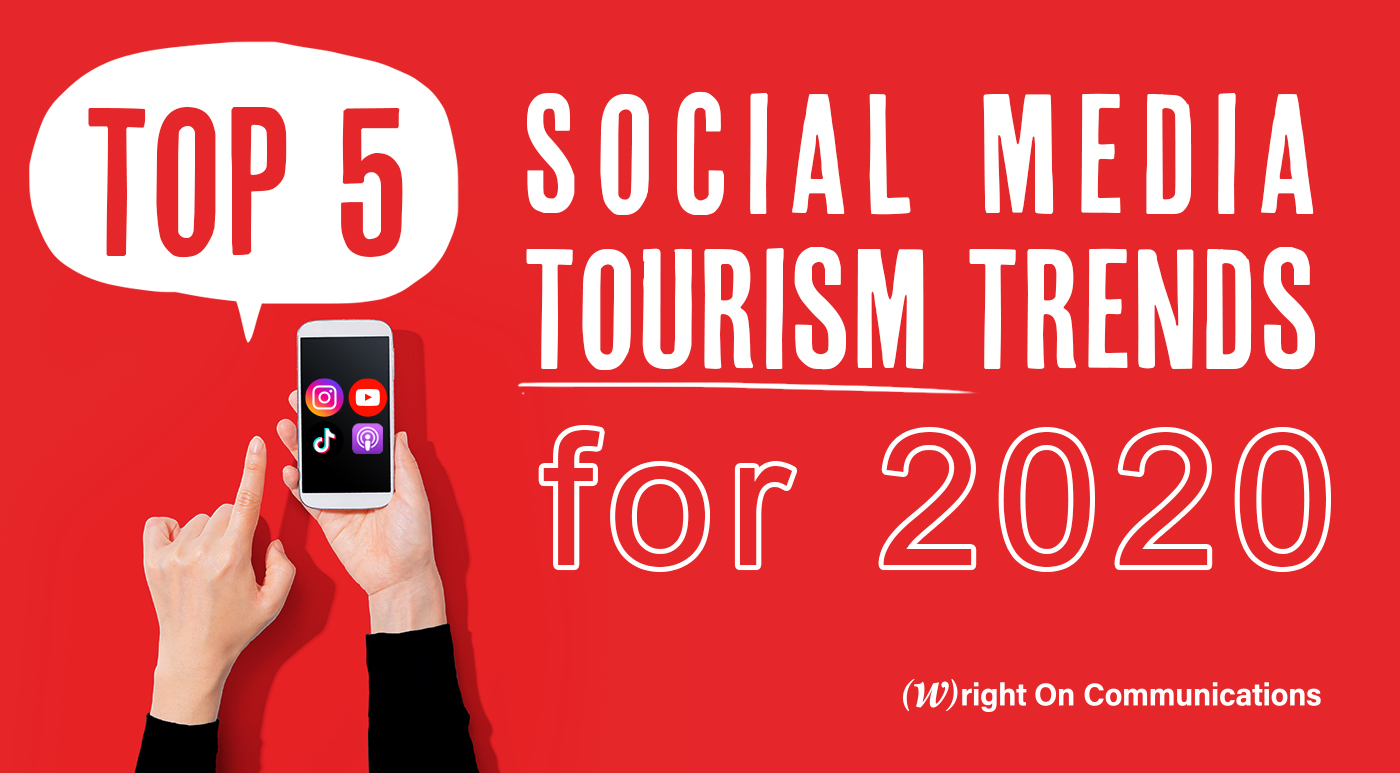
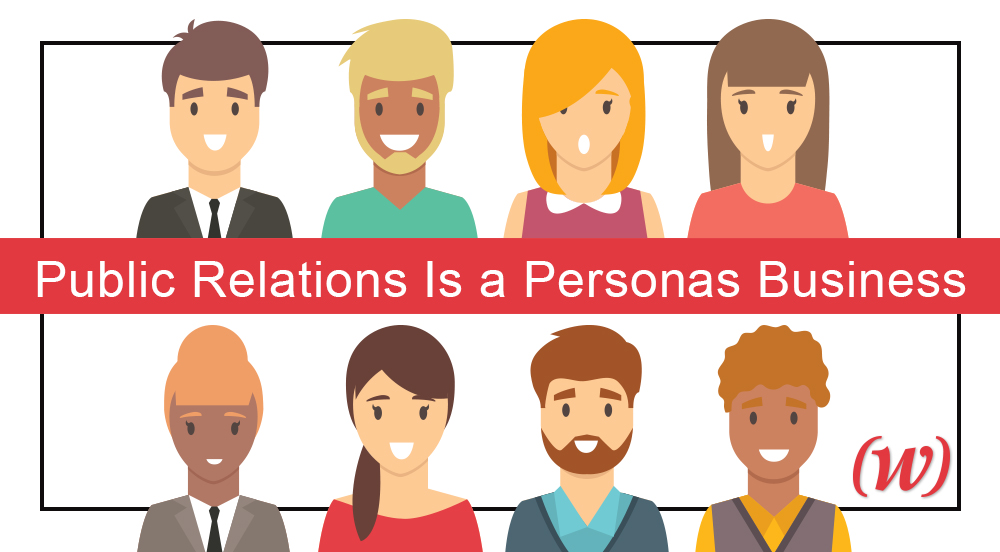
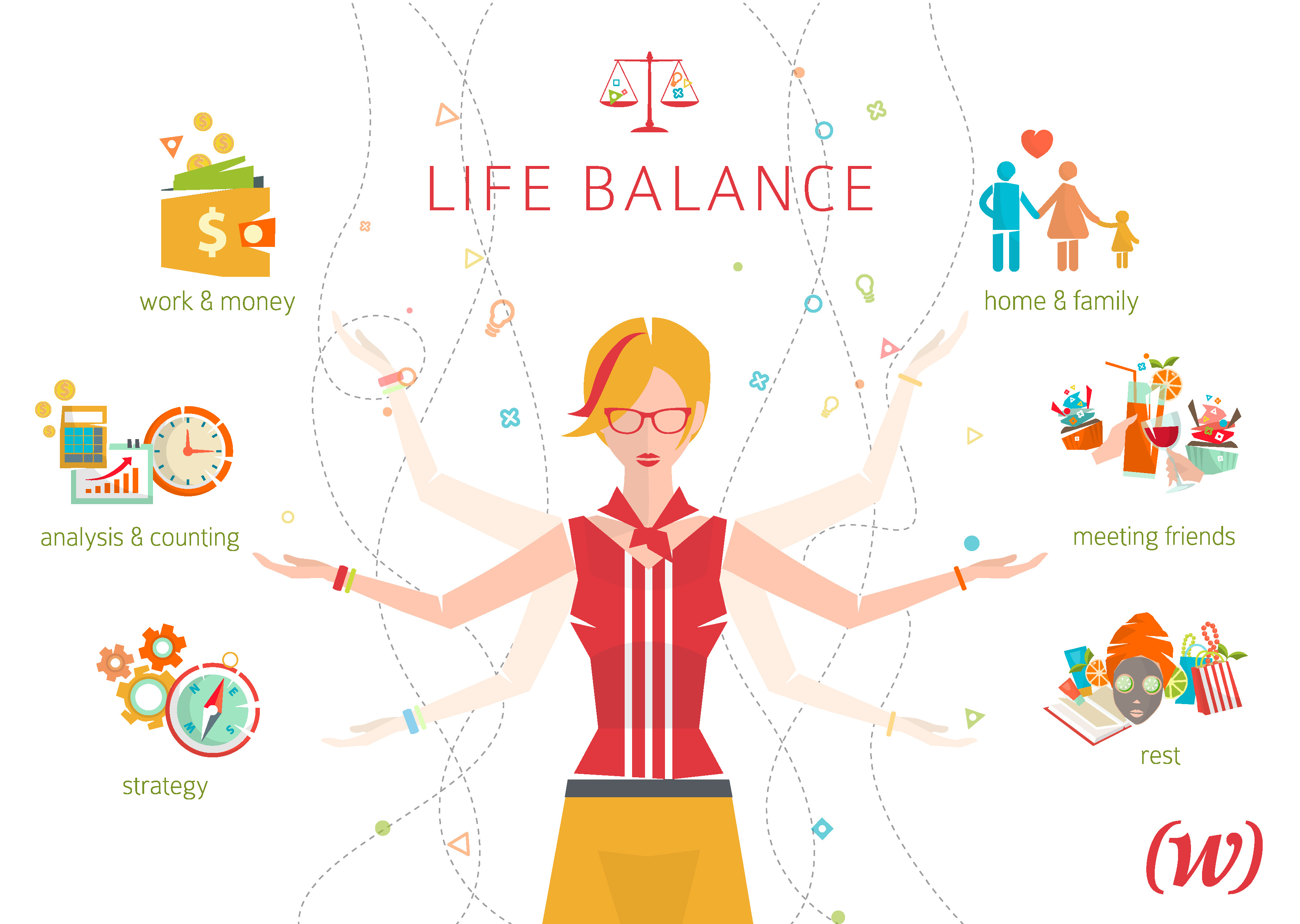
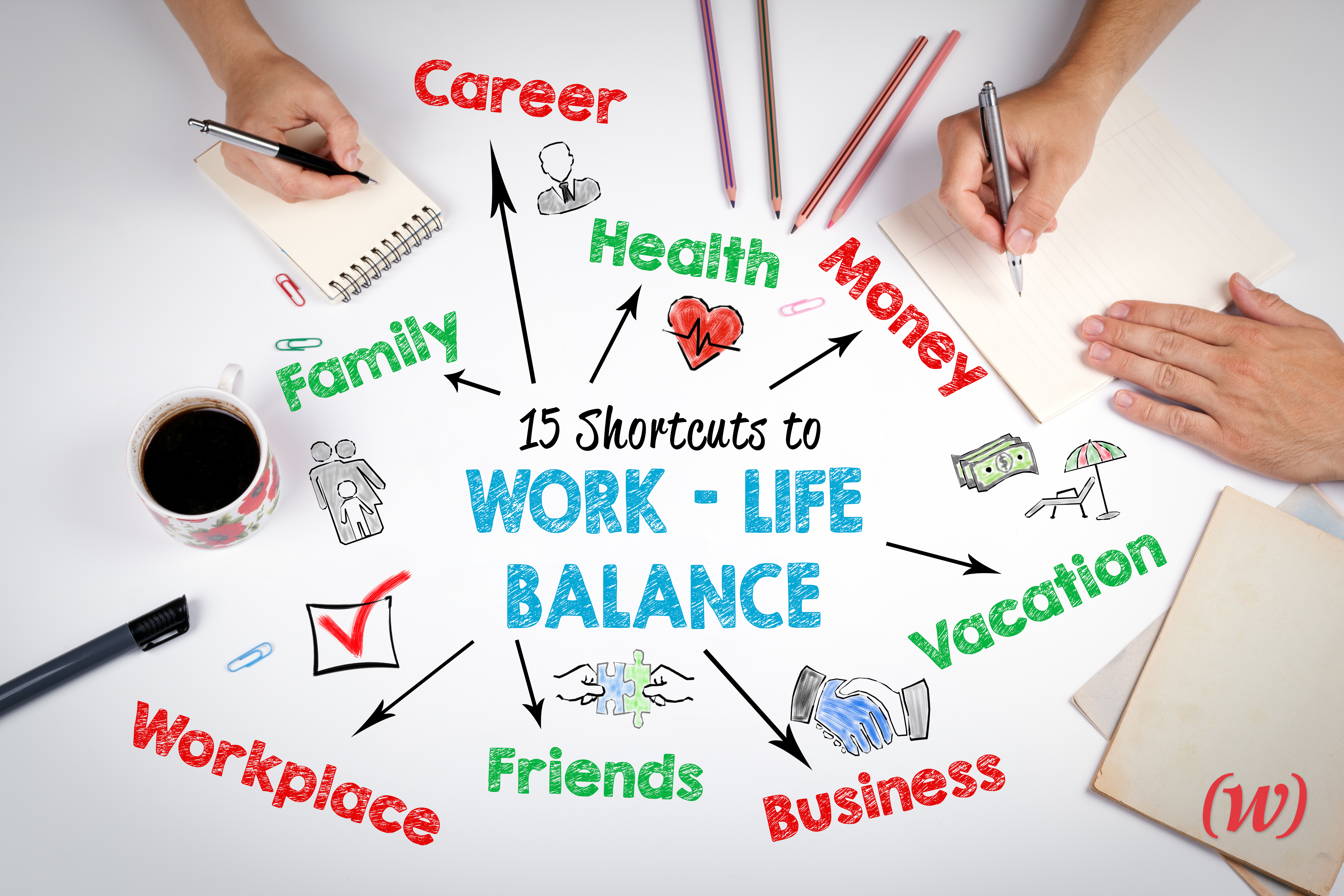 It’s not the content marketer’s job to convince each persona of what they need. It’s their job to figure out what the persona’s needs are and then speak to them with their content and present their product or solution as the ultimate solution.
It’s not the content marketer’s job to convince each persona of what they need. It’s their job to figure out what the persona’s needs are and then speak to them with their content and present their product or solution as the ultimate solution.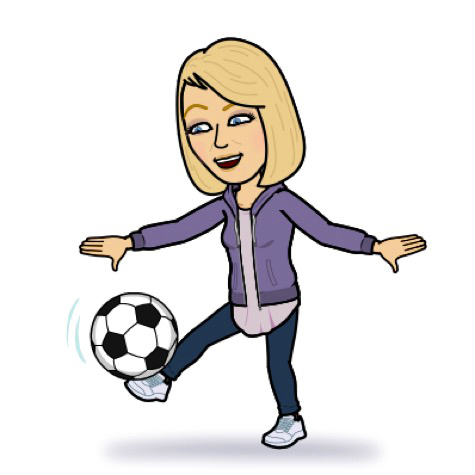











 Grant Wright
Grant Wright Corie Fiebiger
Corie Fiebiger
 Shae Geary
Shae Geary Phelan Riessen
Phelan Riessen Katrina Early
Katrina Early Hamish Marshall
Hamish Marshall